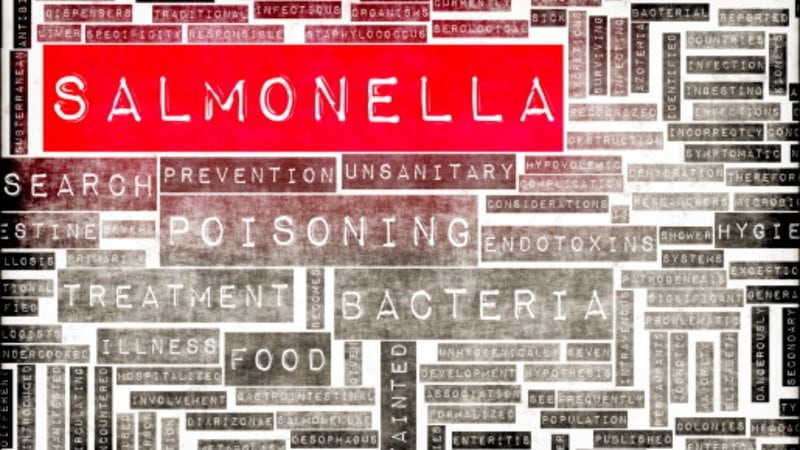The study was commissioned by the New Zealand Ministry of Primary Industries (MPI) and involved the examination of campylobacter bacteria species from faecal samples obtained from participants in both an urban city (Auckland) and a mixed urban/rural area (Manawatū/Whanganui) over a year from 2018 to 2019.
Researchers found that the vast majority of cases were linked to campylobacter from poultry (used interchangeably with chicken here) and far less from sheep or beef.
“The majority of cases (84%) were infected with campylobacter strains attributed to a poultry source, while just 14% were attributed to a cattle source,” said the study authors.
“[This was particularly prominent in urban cases] - Approximately 90% of urban campylobacteriosis cases were attributed to poultry sources, compared to almost 75% of rural cases.”
“Poultry consumption per se was not identified as a significant risk factor [but there were] specific risk factors related to the preparation and consumption of poultry [that elevated the odds of getting campylobacterioris].
“[These included] the consumption of undercooked chicken and consumption of chicken outside the home – [all in all] indicating that poultry meat remains a dominant pathway for campylobacter exposure and infection.”
The study also pointed out that campylobacterioris is the most commonly reported gut-related in New Zealand, but that no significant improvement had been observed in incidences since 2008, some 12 years ago.
“Following a reduction of approximately 50% in human campylobacteriosis after the implementation of poultry food chain-focused interventions such as in broiler meat processing during 2006 to 2008, further decline has been relatively small,” they said.
“Poultry is the most commonly consumed meat type in New Zealand, [and] although there may be differences in results for rural populations in different areas of the country due to varying farming types, the results for the urban population studied should be applicable to urban dwellers across the whole country.
“[As such, there remains several more links in the] poultry meat food chain where intensified or new control measures can be reasonably implemented.”
Government response
At present, the campylobacter food born risk management page on MPI’s website still states that: “Since 2006, our strategies have reduced foodborne Campylobacter illness in New Zealand by over 50% - Our research and control measures have helped to achieve this.”
That said, the government has also introduced a new strategy and action plan this year with the aim of reducing foodborne campylobacter cases by 20% come 2025, to be implemented by MPI via New Zealand Food Safety.
The ministry is in the first phase of this strategy under the Campylobacter Action Plan 2020 – 2021, which will first focus on consumer engagement and behavioural change, Campylobacter standards and regulations, and on-farm control.
"[This plan will focus on setting a public health improvement goal for the reduction of foodborne campylobacteriosis and lead in to medium-term control measures that will likely be implemented in outyears 2022 to 2023,” said MPI via the plan’s formal documentation.
“It initially focuses on improving controls (biosecurity) at farm level, improving hygiene during primary processing, re-evaluating the regulatory target that determines the allowable limit of Campylobacter contamination on chilled chicken carcasses, and enhancing consumer education.
“We will also continue to investigate other potential food sources such as raw drinking milk and red meat from ruminants.”
Similar situation in Australia?
New Zealand is not alone in its quest to battle campylobacter – earlier this year, a report by the New South Wales state government in Australia also found widespread campylobacter bacteria presence in chicken obtained from local processing plants and retail outlets, already in the public food system.
Although Salmonella has been a more common foodborne illness issue for Australia in previous years which garnered it more attention, the fact that Campylobacter was detected in 89.9% of chicken samples collected from retail outlets, with some 6.4% of this considered quantifiable/viable, is definitely cause for concern as these were already in close proximity to consumers.





